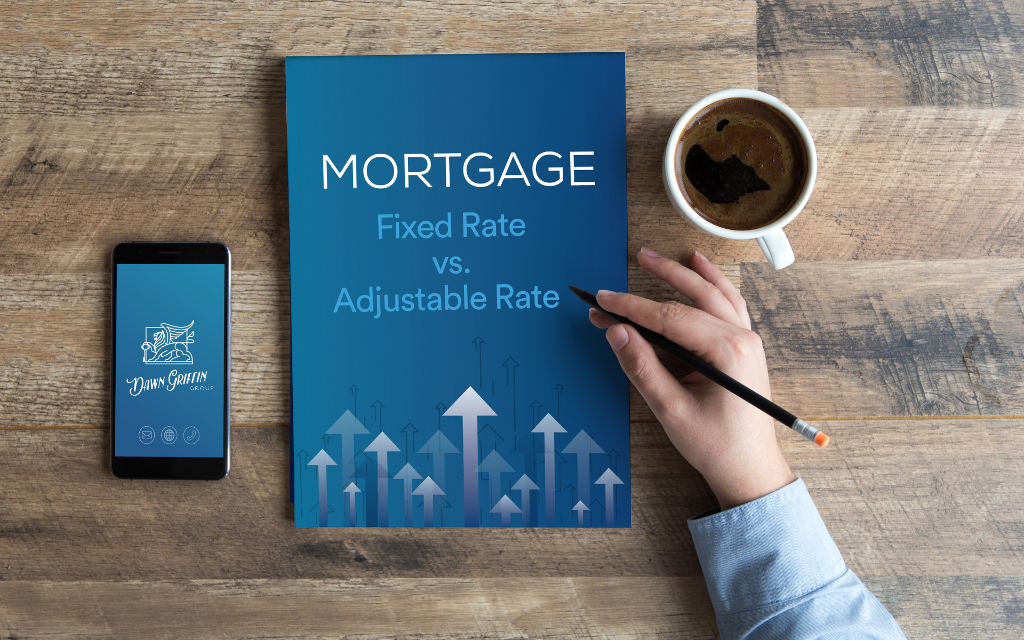Fixed Rate and Adjustable Rate Mortgages
 When seeking a home loan, one of the most crucial decisions is choosing between fixed rate and adjustable rate mortgages. Each option has its own set of advantages and considerations. This article will compare adjustable rate mortgages and fixed rate mortgages, helping you make an informed decision based on your financial goals and circumstances.
When seeking a home loan, one of the most crucial decisions is choosing between fixed rate and adjustable rate mortgages. Each option has its own set of advantages and considerations. This article will compare adjustable rate mortgages and fixed rate mortgages, helping you make an informed decision based on your financial goals and circumstances.
Interest Rate Stability in Fixed Rate Mortgages
Fixed Rate Mortgage: With a fixed rate mortgage, the interest rate remains unchanged throughout the loan term. This provides stability and allows for predictable monthly payments, regardless of market fluctuations.
Adjustable Rate Mortgage: ARMs typically have an initial fixed-rate period, often lasting three, five, seven, or ten years. After this period, the interest rate adjusts periodically, typically annually. This means that the rate and subsequent monthly payments can fluctuate over time.
Initial Interest Rates
Fixed Rate Mortgage: Fixed rate mortgages usually have slightly higher initial interest rates compared to ARMs. However, they provide the benefit of rate certainty, shielding borrowers from potential rate increases in the future.
Adjustable Rate Mortgage: ARMs often start with lower interest rates during the initial fixed-rate period. This can make them attractive for those planning to sell or refinance before the adjustment period begins.
Rate Adjustments
Fixed Rate Mortgage: With a fixed rate mortgage, the interest rate and monthly payments remain constant throughout the loan term. This stability is beneficial if you prefer to budget with certainty or expect interest rates to rise over time.
Adjustable Rate Mortgage: Once the initial fixed-rate period ends, ARMs adjust according to market conditions. The adjustment is based on a predetermined index, such as the U.S. Treasury or LIBOR rates, plus a margin. This means that your monthly payments may increase or decrease based on the market.
Risk and Flexibility
Fixed Rate Mortgage: Fixed rate mortgages provide stability and protection against rising interest rates. They are suitable for those who prefer long-term financial certainty and plan to stay in their homes for an extended period.
Adjustable Rate Mortgage: ARMs can offer lower initial payments and are ideal for borrowers who anticipate changes in their financial situation or plan to sell or refinance before the rate adjustment period. However, they carry the risk of higher future payments if interest rates rise significantly.
Length of Mortgage
Fixed Rate Mortgage: Most fixed rate mortgages have terms of 15, 20, or 30 years, allowing borrowers to spread out their payments over an extended period.
Adjustable Rate Mortgage: ARMs often have shorter initial fixed-rate terms, such as 3, 5, 7, or 10 years. However, they can be refinanced or paid off early without penalty, providing flexibility for those who plan to move or refinance before the adjustment period.
Conclusion on Fixed Rate and Adjustable Rate Mortgages
The choice between fixed rate mortgage and an adjustable rate mortgages depends on your financial goals, risk tolerance, and future plans. Fixed rate mortgages offer stability and protection against rising rates, while ARMs provide flexibility and potentially lower initial payments. Consider your long-term housing plans, current financial situation, and market conditions when making a decision. Consulting with a mortgage professional can also help you navigate the options and choose the best mortgage for your specific needs. Reach out to us for a list of mortgage companies that our clients have had success working with.


